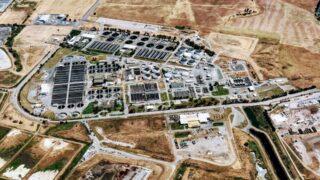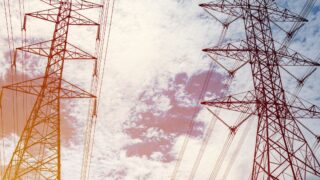How does the Transcend Design Generator Help Optimize the Reactor Design of Your Next Wastewater Treatment Plant?
Written by Rudi Botha, Process Engineer & Robert Kovacs, Technical Expert – Engineering
Any simulator feels like a mysterious black box until the inner workings of the modelling are understood. We at Transcend offer a software-as-a-service (SAAS) platform helping you generate preliminary designs for wastewater treatment plants. This software supports both new installations and plant extensions. It is available at transcendh2o.com, after a free registration.
We don’t want to leave you feeling uncertain about what is happening in the Transcend Design Generator (TDG), so this blog will take you through the methods behind the TDG’s reactor sizing optimization.
How is the reactor sized?
Initial sizing
The TDG starts with an empirical calculation method for an initial estimation of the reactor volumes based on design guidelines from Metcalf & Eddy et al. (2014). This provides the steady state simulations with reactor volumes, internal recycle rate, carrier surface area and geometry.
How does the TDG optimize the size of the reactor?
Low temperature optimization
The steady state simulation is first optimized at the lowest temperature, where the biomass will grow the slowest and require a larger reactor. If the first simulation using the initial sizing fails, then a process logic is used to adjust the design to meet effluent limits and design parameters. The process logic will adjust parameters such as reactor volume, DO target and internal recycle rate within reasonable ranges. By adjusting the reactor volume, the associated carrier volume provided is also adjusted to match, using a reverse calculation of the initial sizing.
High Temperature Optimization
Once the low temperature optimization has found a design that meets the design criteria, the simulation is repeated at a high temperature. This simulation is important to confirm the reactor size provided for low temperature does not have negative consequences on the process at high temperatures. For example, a reactor may have a retention time that is more than required at high temperatures, when the biomass grows faster and reduced nutrient load more efficiently, causing other nutrients, such as BOD, to increase due to biomass growth rather than decrease. In these cases, the TDG can adjust the DO, which reduces biomass growth to achieve the design parameters. These insights are important for selecting equipment that will allow DO control during warmer periods.
Long Term Simulation
When all these steps reach a point where both at low and high temperature the effluent limits and design parameters are met, the steady state design is complete and the design procedure moves to the last step, which is an annual dynamic simulation where:
- a sinusoidal curve is used to represent the temperature for each day
- a daily diurnal flow pattern is modelled throughout the year
- if different DO was determined for low and high temperature, a sinusoidal DO change throughout the year is applied
The required air flow values (minimum, maximum, average) are determined from this annual simulation and are used for sizing aeration blowers and determining average power consumption. The sludge production is also determined using this annual simulation.
References
Metcalf & Eddy Inc., Tchobanoglous, G., Burton, F. L., Tsuchihashi, R., & Stensel, H. D. (2014). Wastewater engineering: Treatment and resource recovery (5th ed.). McGraw-Hill Professional.







